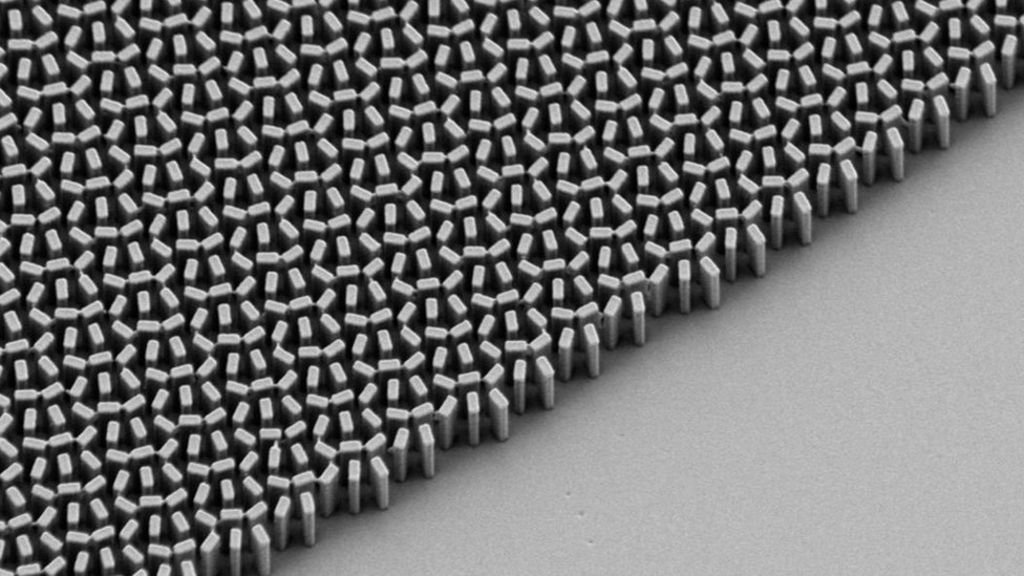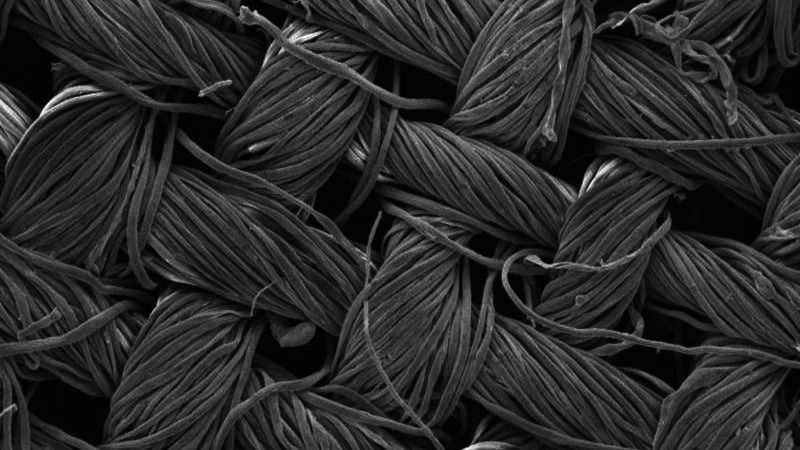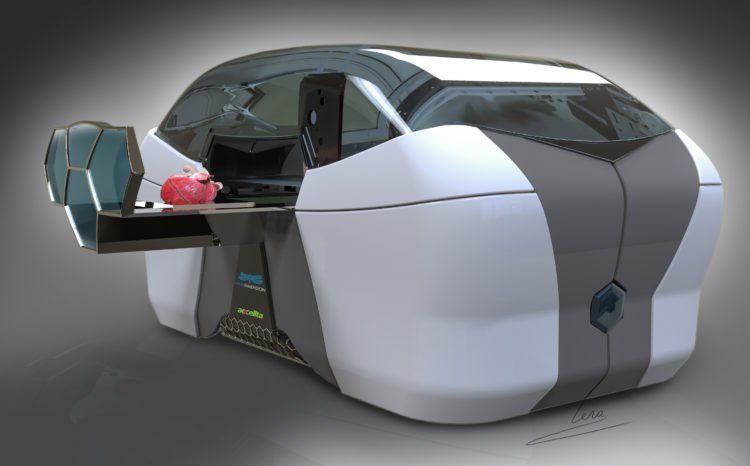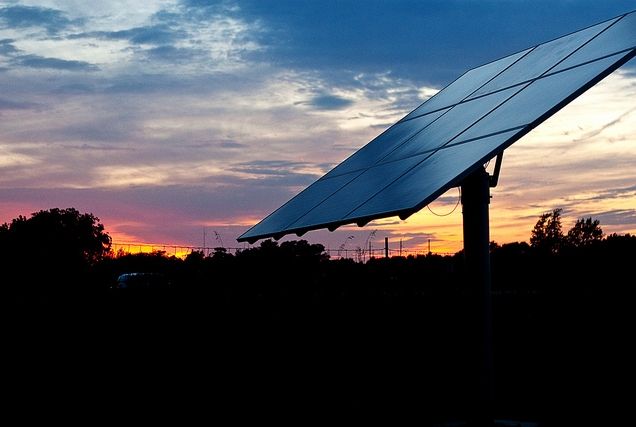Jun 6, 2016
Applications of Nanoparticle Tracking Analysis in Nanomedicine
Posted by Karen Hurst in categories: nanotechnology, quantum physics
Since 2001, I have worked, experimented, and researched in parallel tech and bio/medical technology space. I did this because I could see that at some point that these two fields would eventually overlap and eventually merge in many areas. Today, we’re already see the duplicated use of technology in both the medical/ life sciences and the same technology used to advance the technology in general such as Quantum tech, nanotech, etc. Here is another example of this trend.
Sponsored Content by Malvern Instruments Ltd
Introduction
Continue reading “Applications of Nanoparticle Tracking Analysis in Nanomedicine” »













